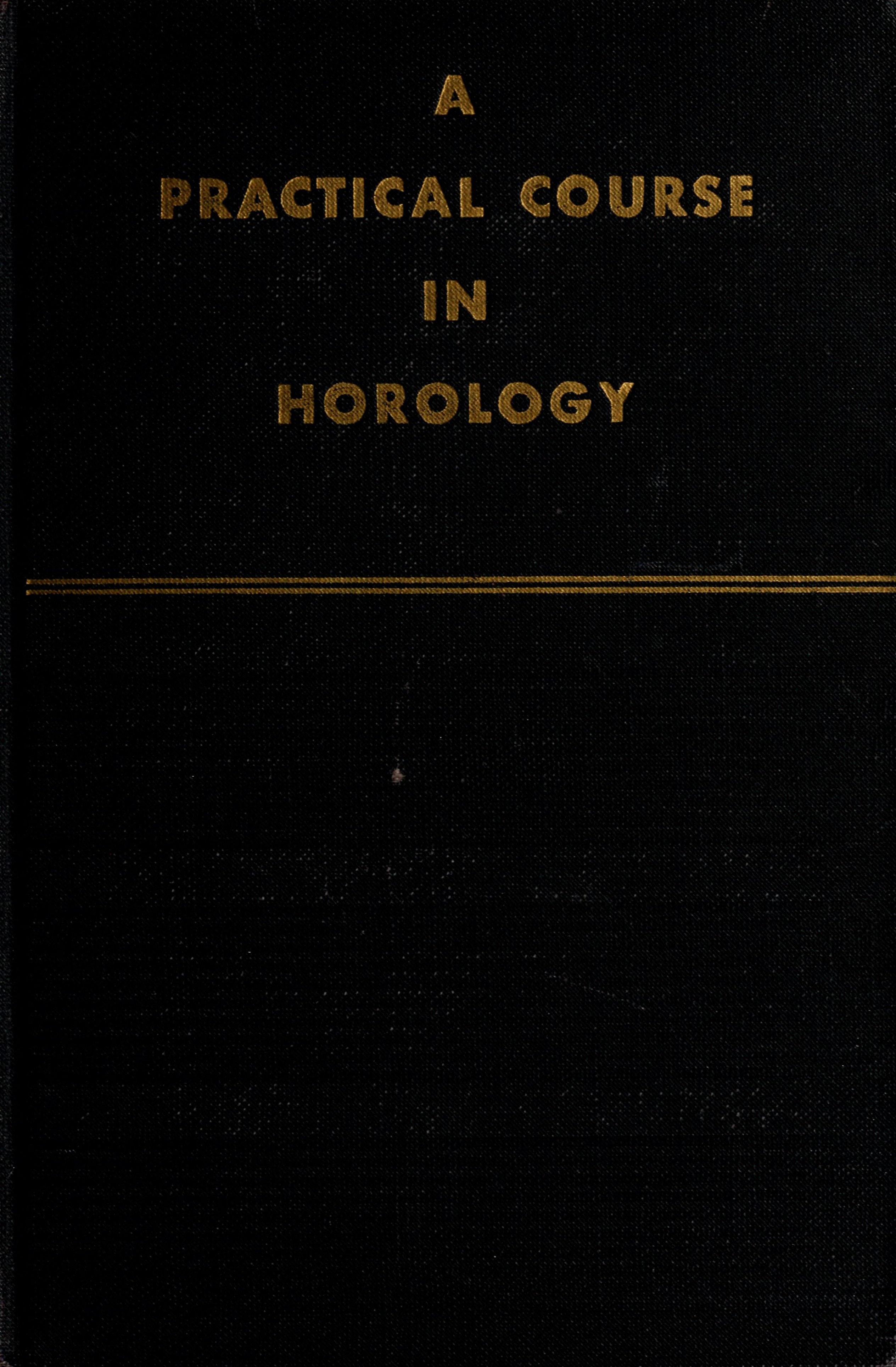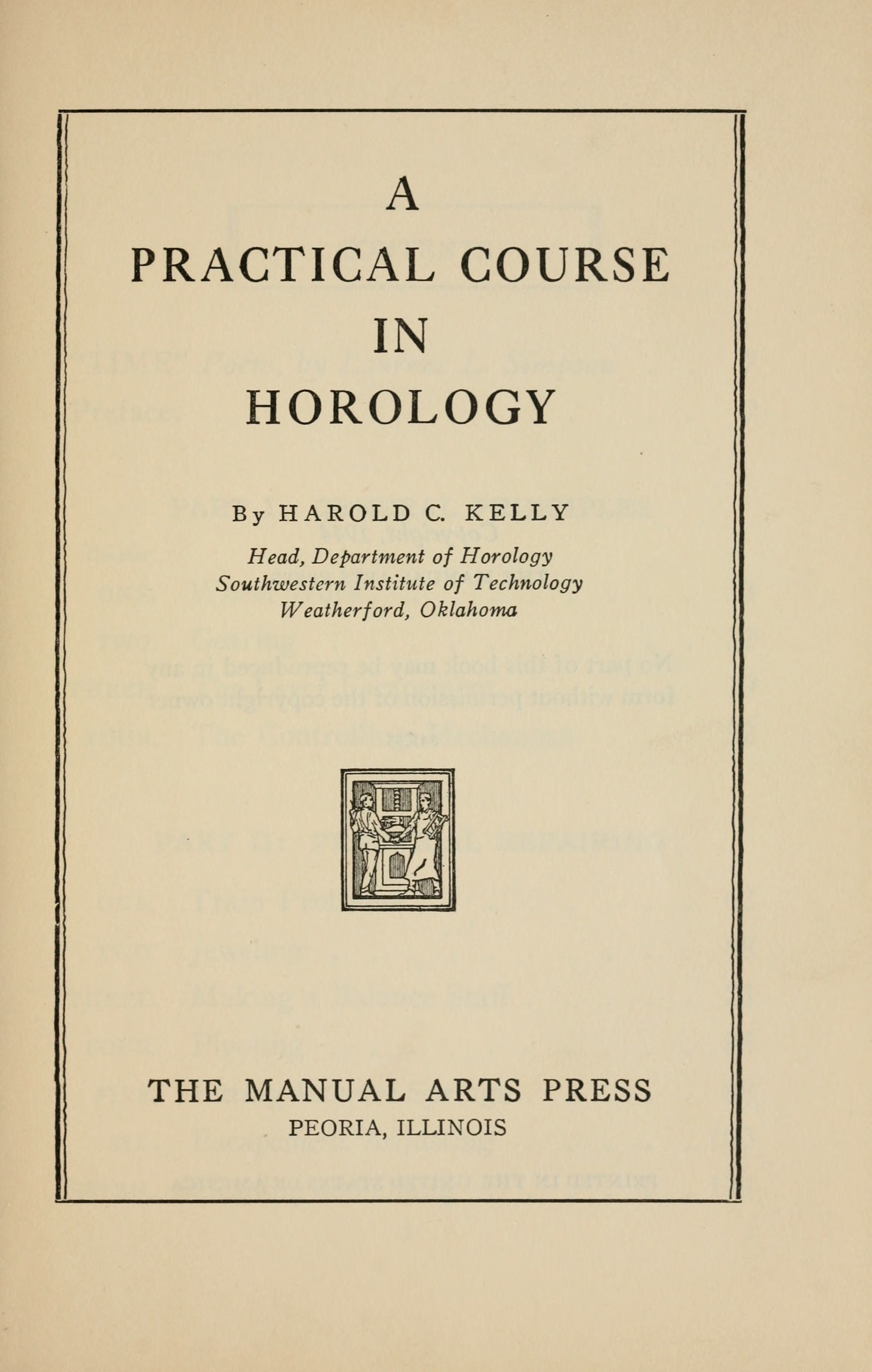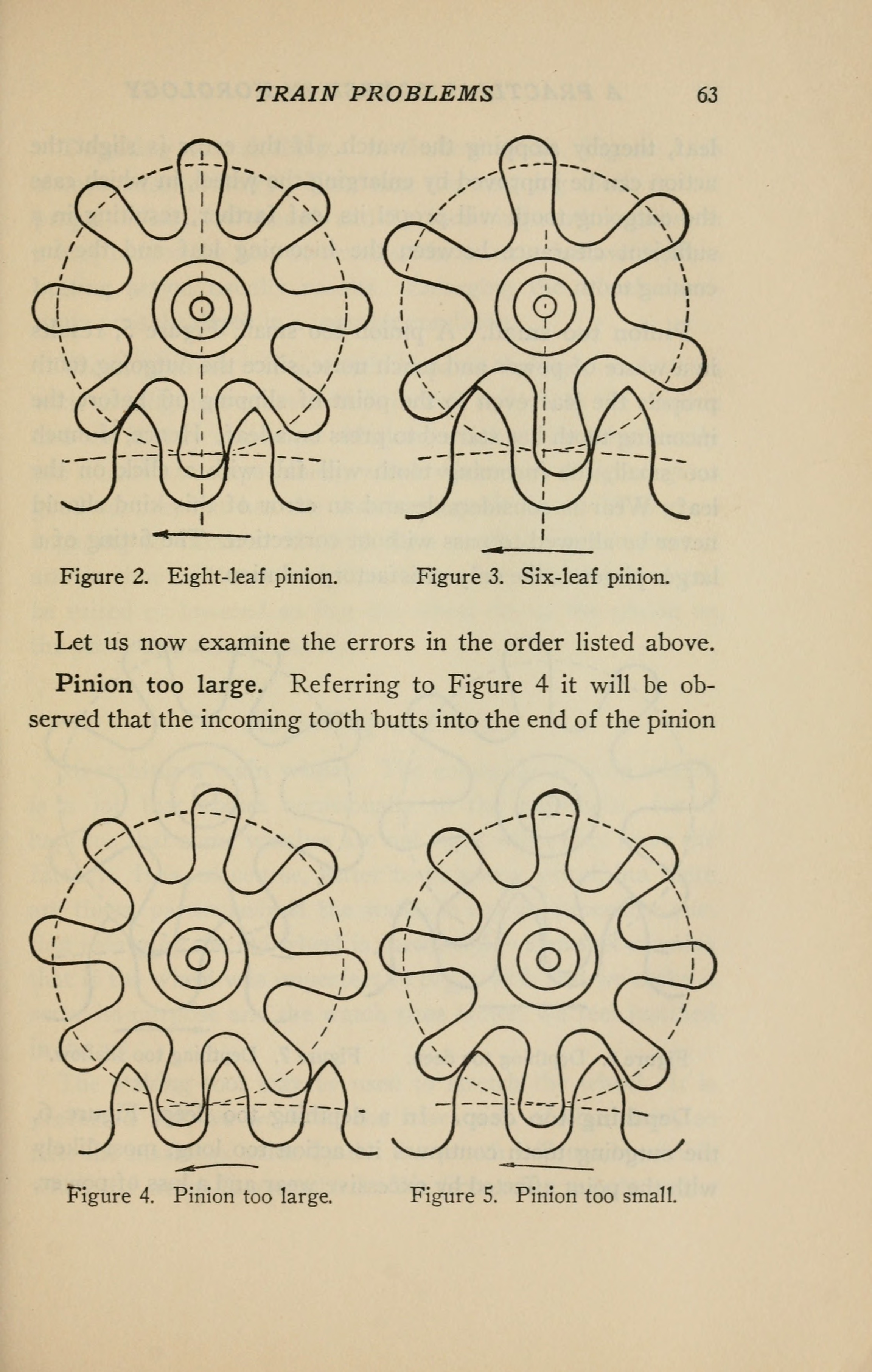Historical Technology Books: A practical course in horology (1944) by Harold Caleb Kelly - 17 in a series
Historical Technology Books: A practical course in horology (1944) by Harold Caleb Kelly - 17 in a series
PREFACE
The art of horology unquestionably ranks among the most wonderful of the mechanical arts. One can only marvel at the diminutive size of the modern wrist watch and the accuracy of the machines by which the duplicate parts are made.
Production and improved manufacturing methods have also changed the repairman's approach to horology. Duplicate parts are available, so the horologist is seldom called upon to make a part. However, since the sizes of watches have been reduced, new tools and improved methods are essential to good workmanship. One must develop a greater skill in fitting staffs to small, uncut balance wheels, in adjusting small escapements, and in handling the new, alloyed balance springs.
The purpose of this book is to present the fundamentals of horology, both in theory and practice. Part 1 deals with wheel work and gearing, which involve the work of calculating the number of teeth of missing wheels and pinions and in determining their proper diameters. Principles of escapement design and an analysis of the balance and spring are given considerable space. Part 2 treats repair methods, in which the making of a balance staff and the adjustment of the escapement are given more than the usual space allotted to these subjects. Part 3 is concerned with the adjustments to position, isochronism, and temperature, factors that may be called the finishing touches of the horological profession.
* A portion of each sale from Amazon.com directly supports our blogs
** Many of these books may be available from your local library. Check it out!
† Available from the LA Public Library




Comments